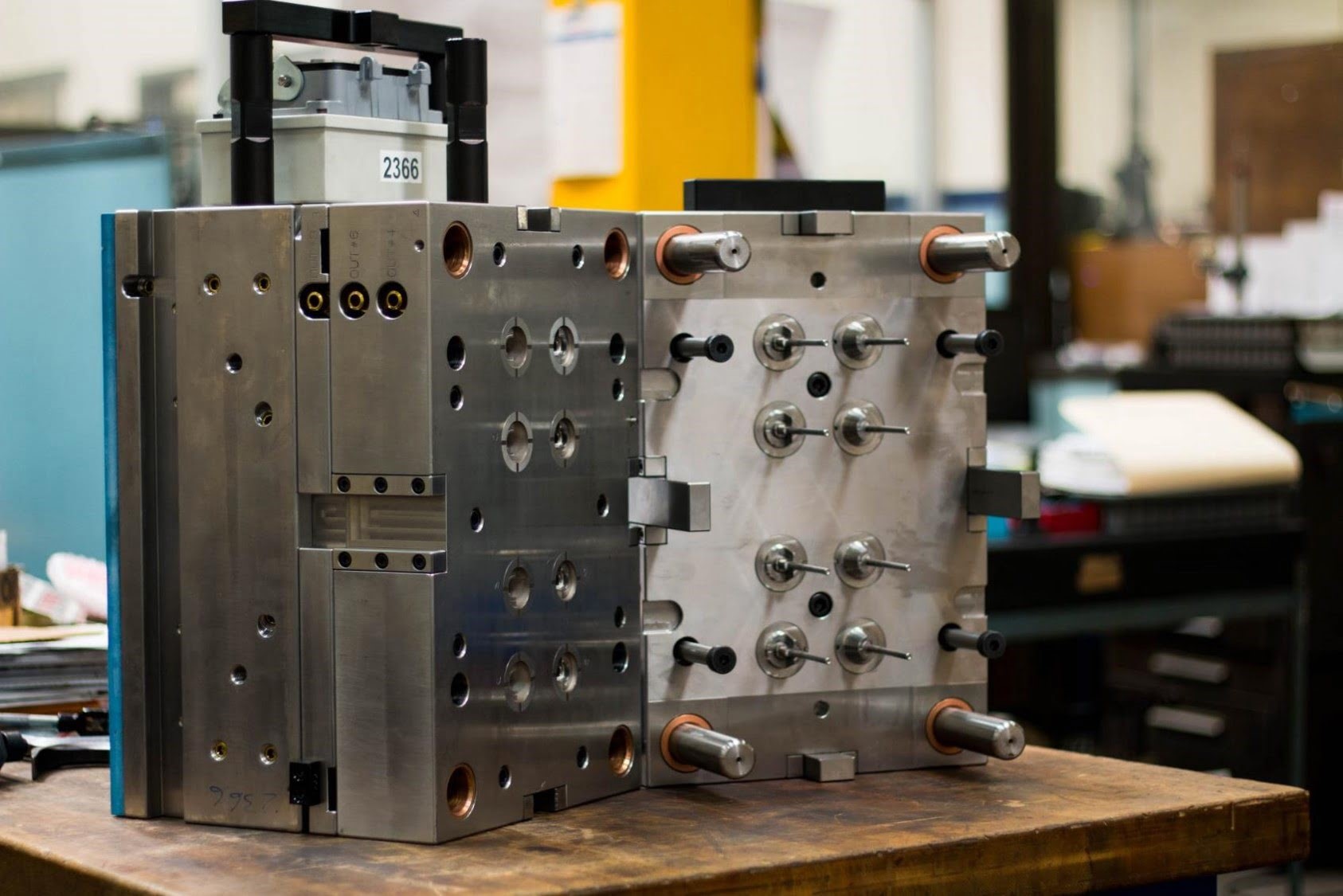In modern production, prototype injection molding is an essential step, especially for businesses looking to launch innovative products in the market. This method is commonly used in China, a major manufacturing hub in the world, to produce small quantities of product samples, enabling businesses to test designs before going into full-scale production. Prototype injection molding allows businesses to ensure perfect final products while saving money and time. Further in this blog, we will explore why prototype injection molding is essential for economical product testing.

Low-Cost Production for Early Testing
Manufacturers can create small batches of goods at a significantly lower cost with prototype injection molding instead of full-scale manufacturing, which requires costly tooling and setup. Before making a large-scale production investment, this technique assists Chinese enterprises in testing their designs, evaluating functioning, and gathering feedback. Businesses can save money by avoiding expensive redesigns and modifications later in the production process by detecting problems early.
Faster Turnaround
Prototype injection molding's short lead times are a big plus for businesses trying to get their items on the market soon. This method, called rapid prototype production, shortens the time it takes to create product prototypes so they can be tested and adjusted as needed. This method is used by Chinese manufacturers to quickly adapt to market demands, cutting down on the amount of time that passes between concept creation and product launch.
Accurate Testing of Design and Functionality
By using prototype injection molding, businesses may create prototypes that closely resemble the finished product. This is essential for testing a product's actual functionality and design. With this, businesses can determine how durable the product is, and gauge its overall quality. The accuracy of injection molding guarantees that Chinese firms may refine their ideas prior to starting large-scale production, whether they are testing a new plastic component or a complex electronic casing.
Reduces Risk of Defects in Mass Production
Prototype to mass production conversions are frequently filled with mistakes and flaws. However, before moving forward with large-scale production, businesses can find and address any manufacturing problems or design defects by using prototype injection molding for extensive testing. This minimizes waste and lowers the possibility that the finished product may have flaws. Reducing defects early in the process results in significant cost savings for Chinese manufacturers.
Flexible and Scalable for Various Industries
Prototype injection molding's adaptability to many industries is one of its biggest benefits. This method enables producers to create accurate and functional prototypes for testing, whether in the automobile, consumer electronics, medical, or home appliance industries. Because of the process's flexibility, molds can be readily modified to satisfy certain industry requirements. This versatility makes prototype injection molding a vital tool for companies looking to provide premium products at low prices, especially in China, where manufacturers cater to a wide range of international markets.
In a nutshell
Cost-effective product testing requires the use of prototype injection molding, particularly in China's fast-paced manufacturing sector. This strategy guarantees that businesses may refine their ideas and successfully launch items into the market. Rapid prototyping techniques add even more efficiency to the process, making prototype injection molding a crucial competitive strategy for businesses that want to maintain product quality and performance.